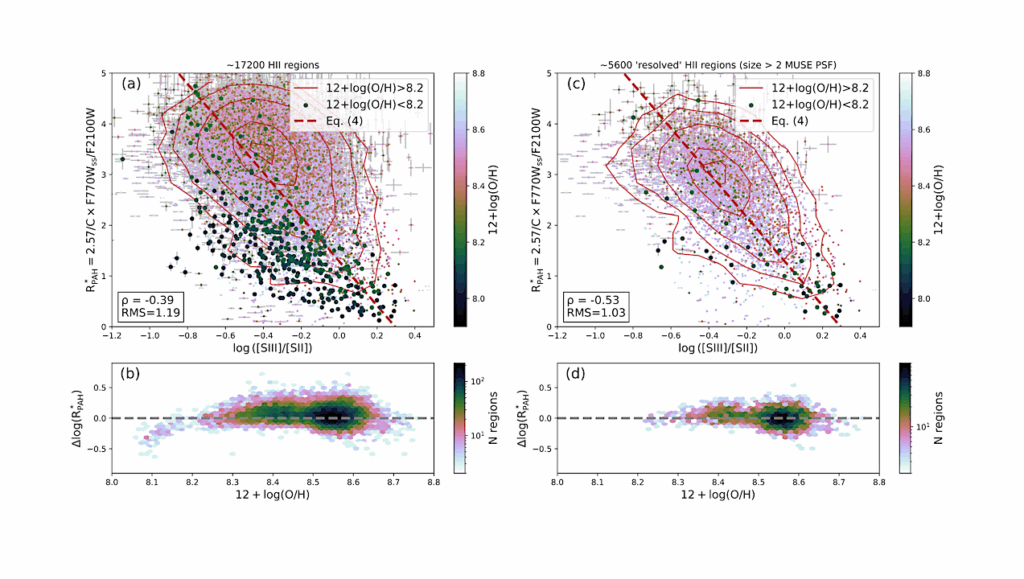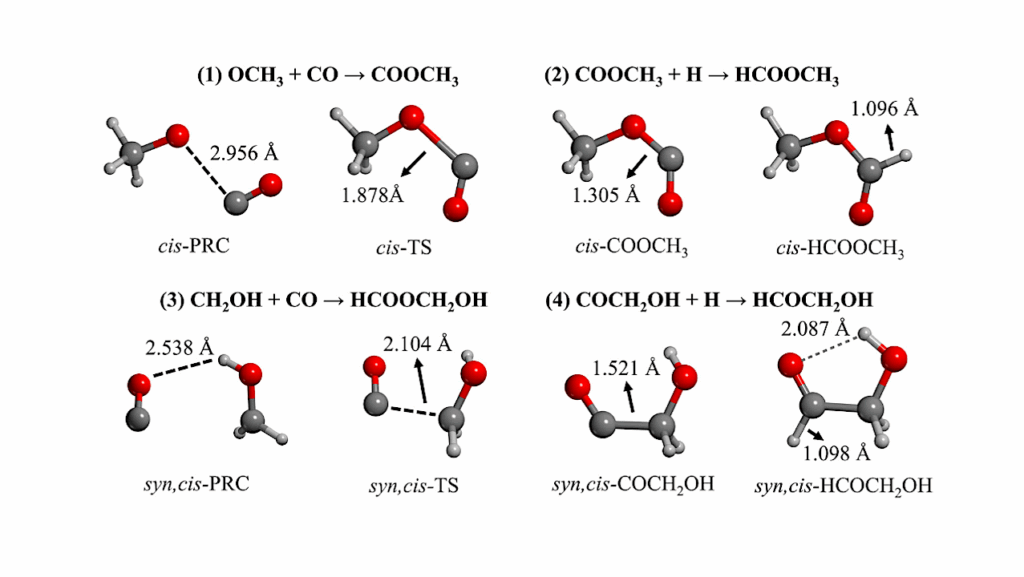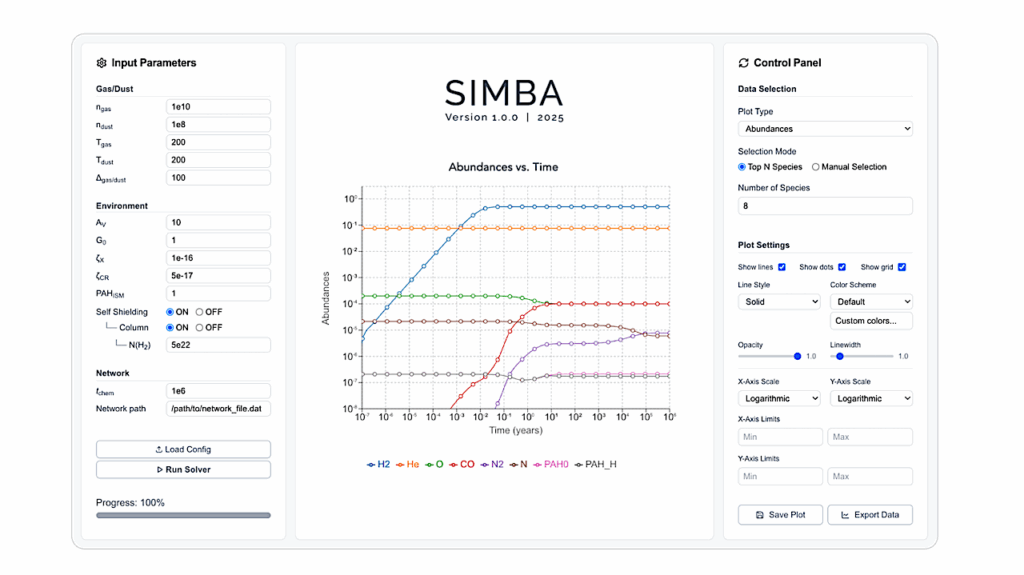Herschel HIFI observations of ionised carbon in the Pictoris debris disk

Context: The dusty debris disk around the ~20 Myr old main-sequence A-star beta Pic is known to contain gas.
Evidence points towards a secondary origin of the gas as opposed to being a direct remnant from the initial protoplanetary disk, although the dominant gas production mechanism is so far no identified.
The origin of the observed overabundance of C and O compared to e.g. Na and Fe is also unclear. Aims: Our goal is to constrain the spatial distribution of C in the disk, and thereby the gas origin and its abundance pattern. Methods: We used the HIFI instrument aboard Herschel to observe and spectrally resolve C II 158 micron emission from the beta Pic debris disk. Assuming Keplerian rotation and a model for the line emission from the disk, we used the spectrally line profile to constrain the spatial distribution of the gas.
Results: We detect the C II 158 micron emission. Modelling the shape of the emission line shows that most of the gas is located around ~100 AU or beyond. We estimate a total C gas mass of 0.013 Earth masses. The data suggest that more gas is located on the southwest side of the disk. The shape of the emission line in consistent with the hypothesis of a well-mixed gas.
Assuming instead a spatial profile expected from a simplified accretion disk model, we found it to give a significantly worse fit to the observations. Conclusions: Since the bulk of the gas is found outside 30 AU, we argue that the cometary objects known as “falling evaporating bodies” are unlikely to be the dominant source of gas; production from grain-grain collisions or photodesorption seems more likely.
The incompatibility of the observations with a simplified accretion disk model could favour a preferential depletion explanation for the overabundance of C and O. More stringent constraints on the spatial distributions will be available from ALMA observations of C I emission at 609 microns.
G. Cataldi, A. Brandeker, G. Olofsson, B. Larsson, R. Liseau, J. Blommaert, M. Fridlund, R. Ivison, E. Pantin, B. Sibthorpe, B. Vandenbussche, Y. Wu (Submitted on 3 Dec 2013)
Comments: 9 pages, 6 figures, subm. to A&A Subjects: Earth and Planetary Astrophysics (astro-ph.EP)
Cite as: arXiv:1312.0924 [astro-ph.EP] (or arXiv:1312.0924v1 [astro-ph.EP] for this version)
Submission history From: Gianni Cataldi [v1] Tue, 3 Dec 2013 20:36:44 GMT (239kb,D)








